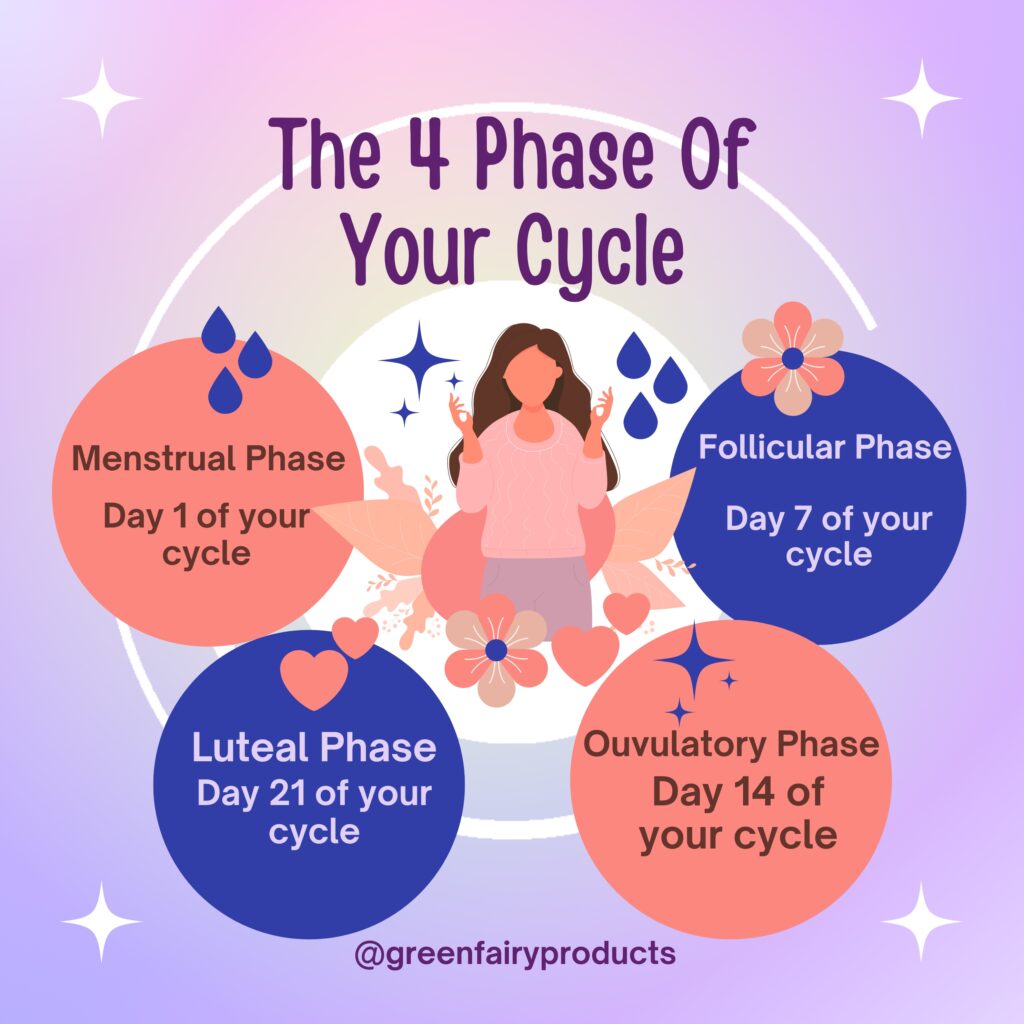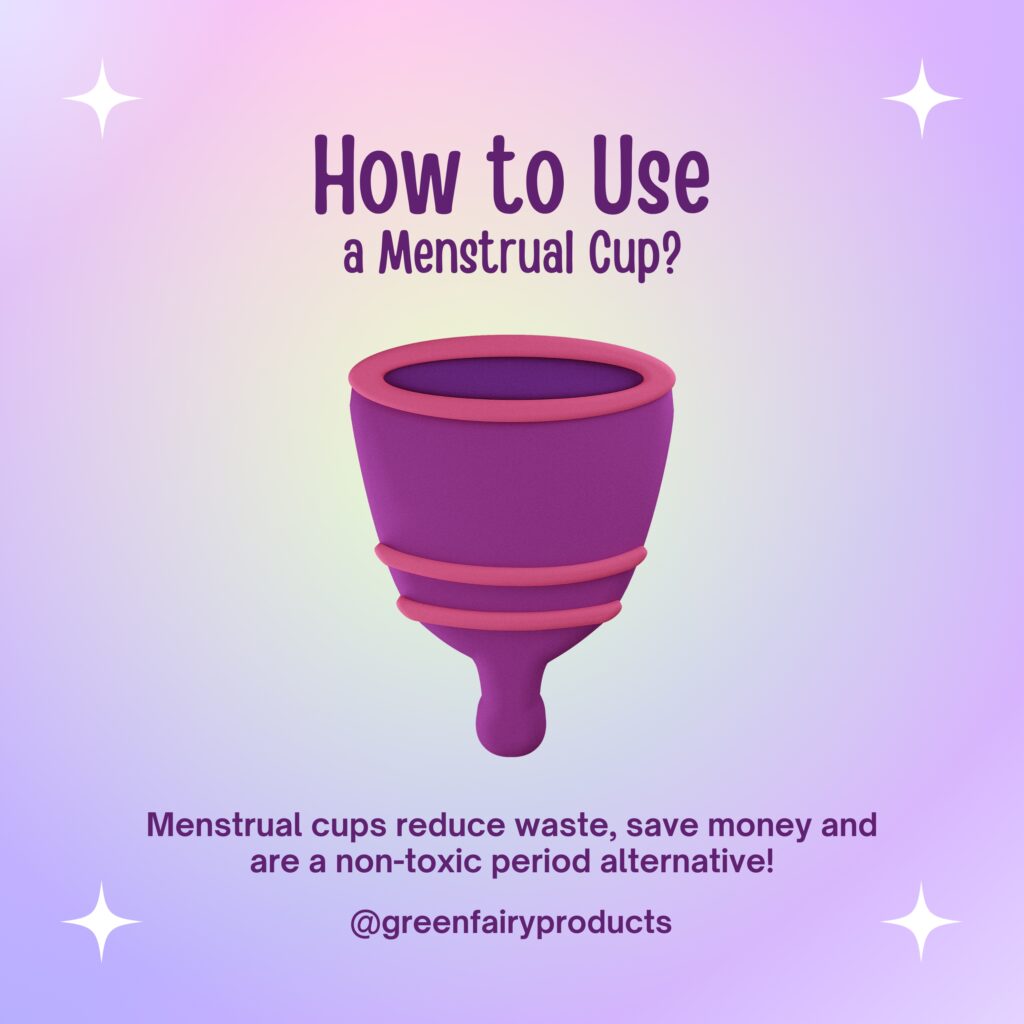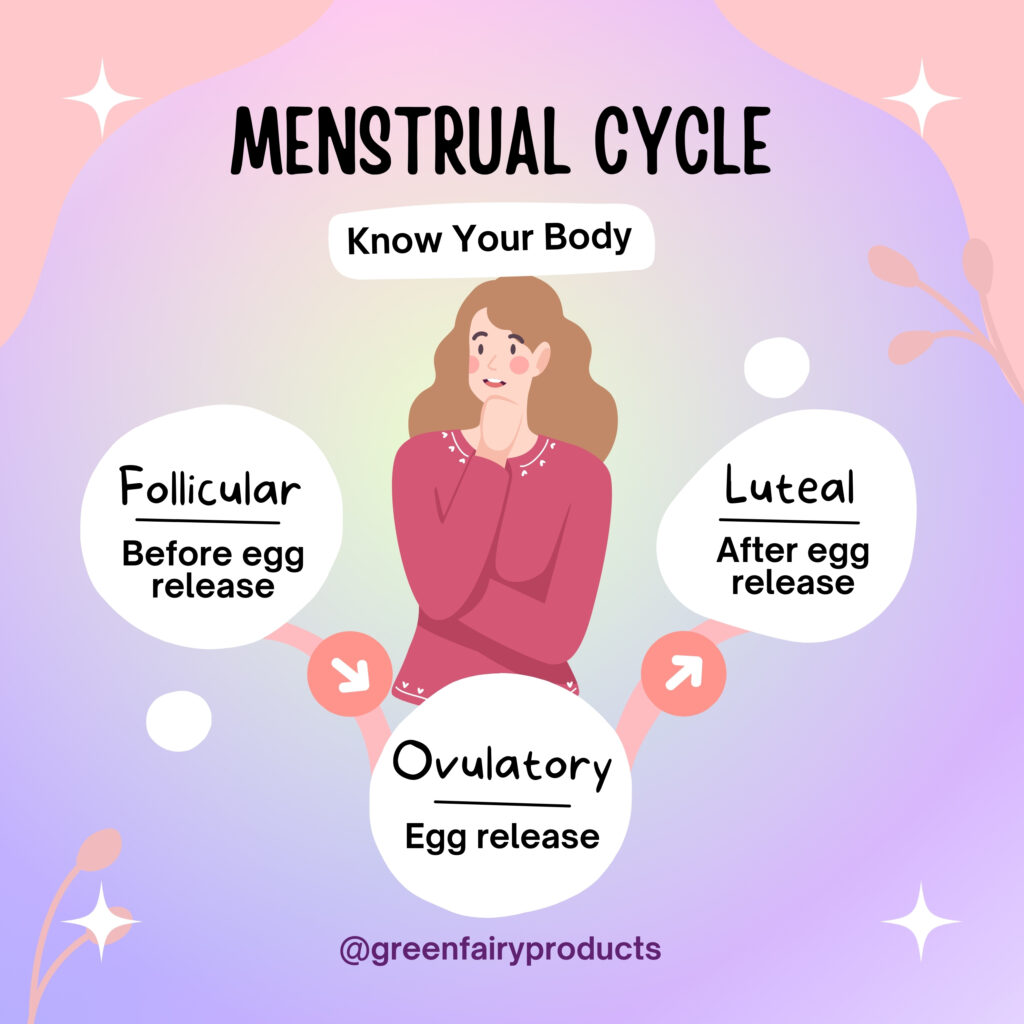As women, we experience unique cycles every month that are key indicators of our health and well-being. Yet, many of us often overlook the importance of getting in tune with these natural rhythms. In this blog post, we’ll explore why understanding your monthly cycle can transform how you view your body and health, and we’ll introduce an eco-friendly tool that’s taking the world by storm: the menstrual cup. If you’ve been searching for a more holistic, sustainable approach to feminine care, read on.
Why Understanding Your Monthly Cycle is Invaluable for Women’s Health
Your menstrual cycle is not just a monthly inconvenience—it’s a vital sign of your overall health. Each phase of your cycle—menstrual, follicular, ovulatory, and luteal—carries its own set of hormonal changes that impact everything from your mood to your energy levels and even your immune system.

Becoming more aware of your cycle can help you better understand your body’s hormonal balance. By tracking how you feel mentally, emotionally, and physically throughout each phase, you can gain valuable insights into:
- Hormonal Health: Changes in mood, energy, and even skin condition can all be related to hormone imbalances. By tracking these, you can catch early signs of hormonal issues, like polycystic ovary syndrome (PCOS) or thyroid problems.
- Reproductive Health: Whether you’re trying to conceive or avoid pregnancy, understanding your ovulation window is critical.
- Mental Health: Hormonal shifts can affect mental clarity, emotional resilience, and even susceptibility to anxiety or depression.
So why ignore this treasure trove of information? Tracking your menstrual cycle is like having a personal health barometer. The more you know, the more you can act in ways that support your well-being.
– Says Veronica our Holistic Health columnist
What is a Menstrual Cup and Why Should You Care?
If you’re new to the concept of a menstrual cup, here’s a quick overview. A menstrual cup is a small, flexible cup made of medical-grade silicone or latex rubber, designed to be inserted into the vagina to collect menstrual blood. Unlike pads or tampons, which absorb the blood, a menstrual cup collects it and can be reused after cleaning.
The reason more women are turning to menstrual cups is simple: they are more sustainable, better for your body, and in the long run, cost-effective.
- Reusable and Sustainable: Unlike tampons or pads, a menstrual cup can last up to 10 years with proper care. That means significantly less waste ending up in landfills and fewer chemicals entering your body.
- Healthier for Your Body: Menstrual cups are free from the chemicals, dyes, and perfumes found in many disposable menstrual products. This means there’s less risk of irritation or allergic reactions.
- Comfortable and Reliable: When inserted correctly, a menstrual cup forms a seal that prevents leaks, often making it more reliable than tampons or pads. It can hold more blood than either option, meaning fewer trips to the bathroom.
How is Using a Menstrual Cup Better for the Environment and Our Bodies?
If you’re concerned about your environmental footprint, switching to a menstrual cup is one of the best choices you can make.
- Environmental Impact: Consider this—on average, a woman uses about 11,000 disposable sanitary products in her lifetime. Most of these products end up in landfills or as plastic waste in our oceans, contributing to pollution. Pads and tampons contain plastics that take hundreds of years to break down. In contrast, a menstrual cup can last for years, reducing your contribution to landfill waste dramatically.
- Cleaner for Your Body: Disposable pads and tampons often contain synthetic fibers and chemicals such as bleach and dioxins, which may disrupt your hormonal balance. By switching to a menstrual cup, you reduce your exposure to potentially harmful toxins and chemicals that are absorbed by the delicate tissues of the vaginal area.
- Cost-Efficient: Over time, the savings add up. Though the upfront cost of a menstrual cup is higher than a box of tampons or pads, its reusability makes it a more economical choice in the long term. Imagine no longer needing to make that emergency trip to the drugstore during your period!
What to Know Before Trying a Menstrual Cup

Although menstrual cups have several advantages, it’s important to know a few things before trying one for the first time:
- Sizing Matters: Most brands offer two sizes—one for women under 30 who haven’t given birth and a slightly larger size for women over 30 or those who have given birth vaginally. Make sure you get the correct size for the best fit and comfort.
- Insertion Takes Practice: At first, inserting a menstrual cup can be tricky. But like learning any new skill, it gets easier with time. There are different folding techniques, and you might need to try a few to find what works best for you.
- Sterilization is Key: While it’s easy to clean a menstrual cup during your period (just rinse it with water between uses), it’s crucial to sterilize the cup before and after each menstrual cycle by boiling it for a few minutes. This helps maintain hygiene and prevent infections.
The Truth About Disposable Sanitary Products
Let’s face it—disposable sanitary products aren’t just bad for the environment, they can also be unkind to your body. Many pads and tampons contain plastic, fragrances, and harmful chemicals that can disrupt hormonal balance and potentially cause irritation or infections.
- Bleach and Dioxins: Most disposable products are bleached to give them that pristine white appearance, but this process produces dioxins—environmental pollutants that can accumulate in the body over time.
- Plastic Content: The average sanitary pad contains about 90% plastic. This plastic isn’t biodegradable, which means it contributes to the growing problem of plastic pollution.
By switching to a menstrual cup, you can avoid these “unclean” truths and take a step toward cleaner, healthier living.
How Being More In Tune with Your Cycle Can Improve Your Overall Health

Understanding and respecting your menstrual cycle can be empowering. Each phase of your cycle brings unique strengths and vulnerabilities, and learning to work with them rather than against them can benefit your health:
- Physical Health: Knowing when your energy peaks and ebbs allows you to plan your activities accordingly. For instance, during your follicular phase (the week after your period), you might feel more energized and capable of intense physical activities. In contrast, the luteal phase (right before your period) might be better for rest and reflection.
- Mental and Emotional Health: Your menstrual cycle can also have a profound impact on your mental and emotional health. Hormonal fluctuations can affect your mood, stress levels, and even your ability to focus. By being more mindful of these shifts, you can take proactive steps to care for your emotional well-being.
- Hormonal Balance: Over time, tracking your cycle can reveal patterns and imbalances. For example, consistently short luteal phases or irregular periods might indicate hormonal imbalances that could require medical attention. The better you understand your cycle, the better equipped you’ll be to spot irregularities and seek help when necessary.
Final Thoughts: The Power of Holistic Menstrual Health
Switching to a menstrual cup is more than just a step toward reducing waste or saving money—it’s a way to get in touch with your body and make choices that support your overall health. By understanding your menstrual cycle and choosing cleaner, more sustainable options, you can positively impact both your well-being and the environment.
If you have any further questions or would like to learn more about holistic methods to balance your hormonal health, don’t hesitate to contact us. We’re here to help and can connect you with specialists who take a more natural, holistic approach to women’s health.

